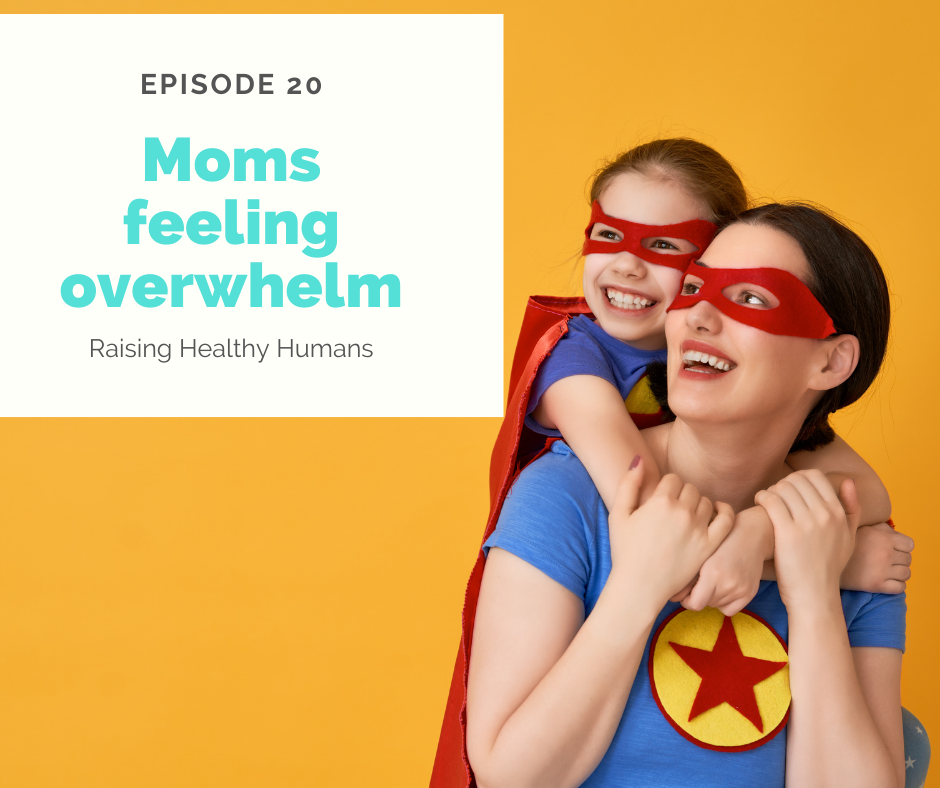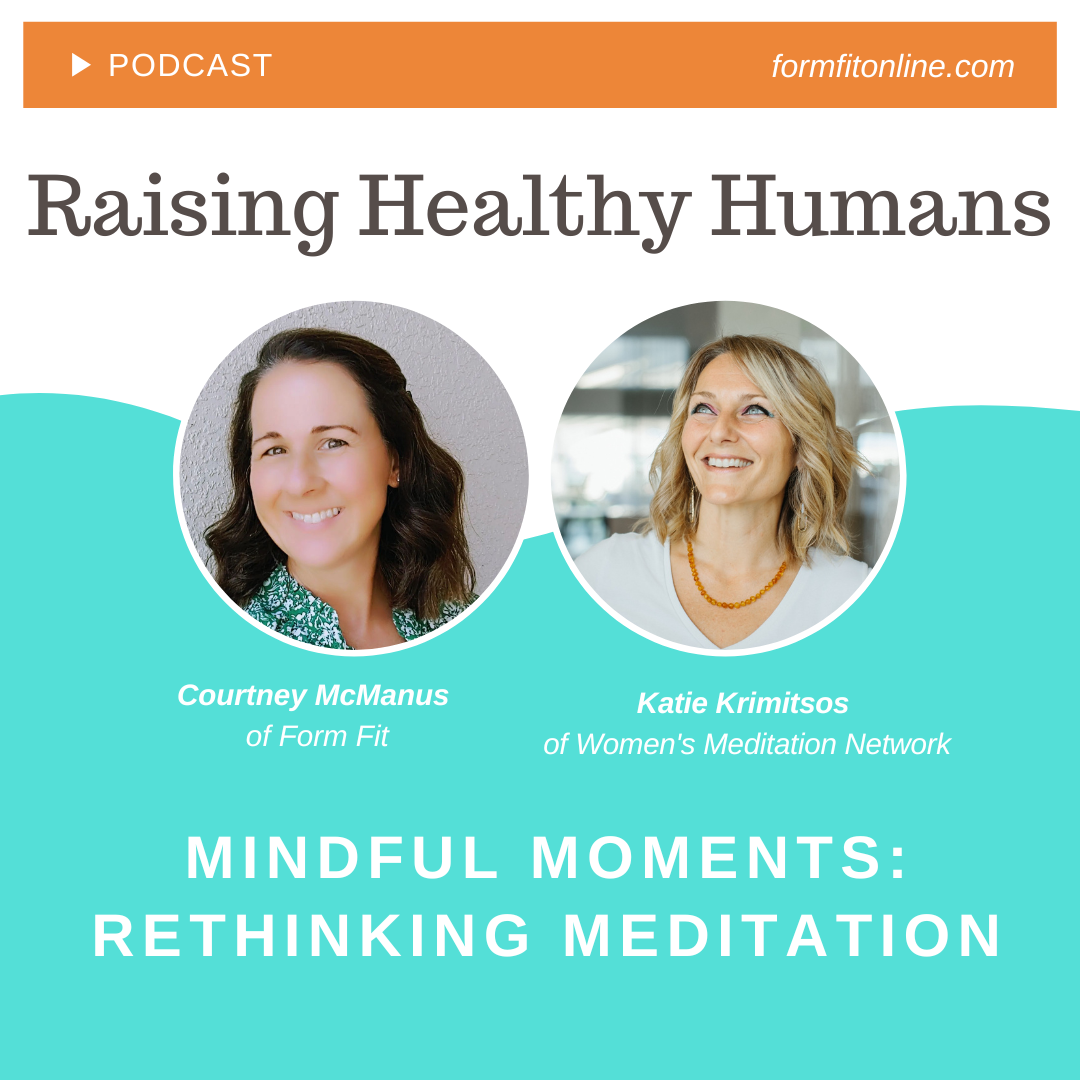Ways to Calm Stress and Anxiety

Dr. Alyssa Runyon believes that in order for people to calm stress and anxiety and heal from chronic pain and stress they must move from a near constant state of fright or flight to a parasympathetic state. A parasympathetic state is a person’s rest and digest or recover state after a stressful event. In today’s world, we are constantly “on” which means our sympathetic system is in overdrive. Our body doesn’t get the rest and recovery it needs to heal from pain and stress. She works with families to provide ways to calm anxiety.
People in a Sympathetic State:
When trying to help people in chiropractic work, she noticed that people weren’t getting better if they were in a sympathetic state. She realized that she needed to help them get into a parasympathetic state first before working with them. She created the Vagus Nerve Protocol to help them get into a calmer state to ease their pain.
Ways to calm stress and anxiety:
Change your perception of what is going on. Take yourself out of the immediate situation and imagine you are looking at yourself from above to help create a wider view of what is happening. As soon as you get a stressful thought practice one of these techniques below to help activate the Vagus nerve. (these also work for children)
- splashing water on your face
- rubbing your ears
- slow down your eating and make it an experience
- take a laugh break
- interacting with people that make us happy
- clear the clutter in the home
Fear and Anxiety:
Through evolution we are hard wired to have negative emotions affect us more strongly and will help to save our life. This is essential for survival. If we are dealing with smaller fears on an everyday basis we are in a fight or flight response without being able to get out of it without truly working on it.
80% of your day should be spent in a parasympathetic way, yet most of us have reversed that due to how we live in society now. And once we get that cortisol response to occur in our body it takes 20 minutes for the cortisol to dissipate from your body and will continue to go through the bloodstream and will need to actively calm it down for 20 minutes to help decrease this. One way to help your body recover is through proper breathing techniques. Utilizing proper breathing patterns such as extended exhalations is one of the most potent and powerful ways for your body to recalibrate your nervous system.
Our Connect to your Core Program is a great tool to help you begin to work on connecting to your breath to calm anxiety while also providing you tips to help with posture.
How food affects the Vagus Nerve:
Things in your environment can affect the vagus nerve response. If you have the news on while you are eating dinner this is all affecting them on a visceral level. What you are watching on TV, creates a reaction in the brain and it doesn’t decipher that it is something happening on TV or right in front of us. Therefore, you are eating in a fight or flight state rather than the rest or digest state.
The Vagus Nerve innervates the epiglottis, which is a flap that covers our windpipe when we swallow. There is a little taste bud receptor on that, that the vagus nerve is in control of to detect the macro-nutrients coming in. It allows for proper enzymes to be activated in the stomach to help digest these macro-nutrients. If you are eating to fast, you may notice that you get the hiccups. This is your vagus nerve creating the response to help provide information back to that receptor to help identify what you just ate.
Posture and the Vagus Nerve:
For those with Text Neck, with shallow breathing, which means you aren’t getting proper movement therefore your vagus nerve is sticking to the Fascia. Bringing our body into more extension, yoga, and foam rolling can help to reset everything in get our body moving and not allow it to get sticky.
Learn more from Dr Runyon:
Dr. Runyon has amazing tips and techniques in my podcast: Ways to Calm Stress and Anxiety with Dr. Alyssa Runyon (buzzsprout.com)
Her website: The Reset 3 Program – Reset3
Other blog posts you may enjoy:
Tools to Help Children Dealing with Anxiety
Helping Moms: How to get Unstuck








One Comment
Comments are closed.